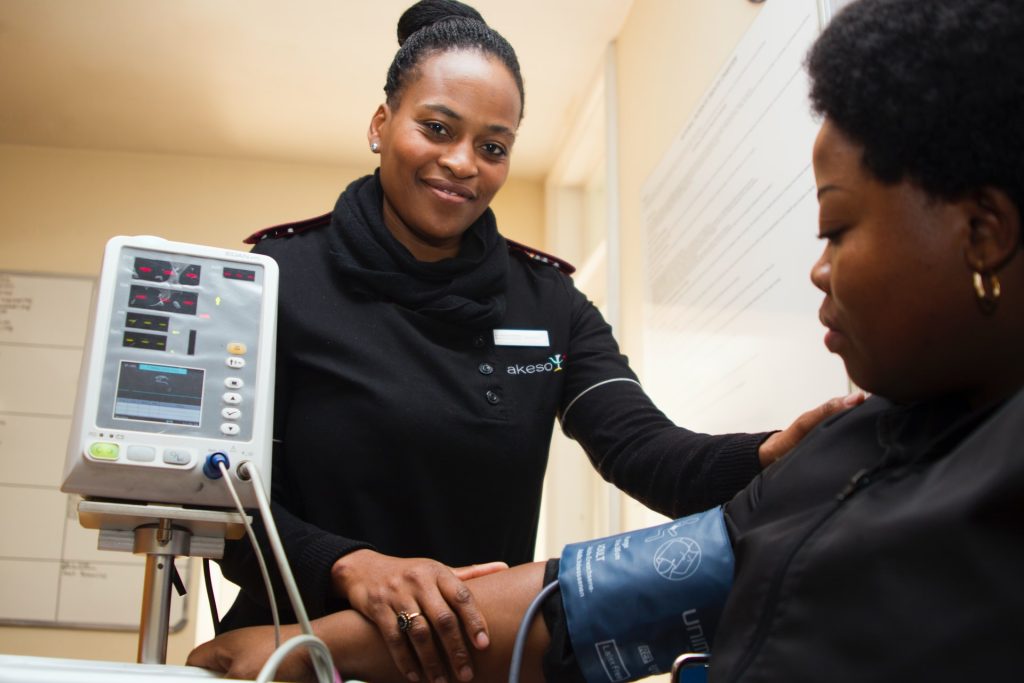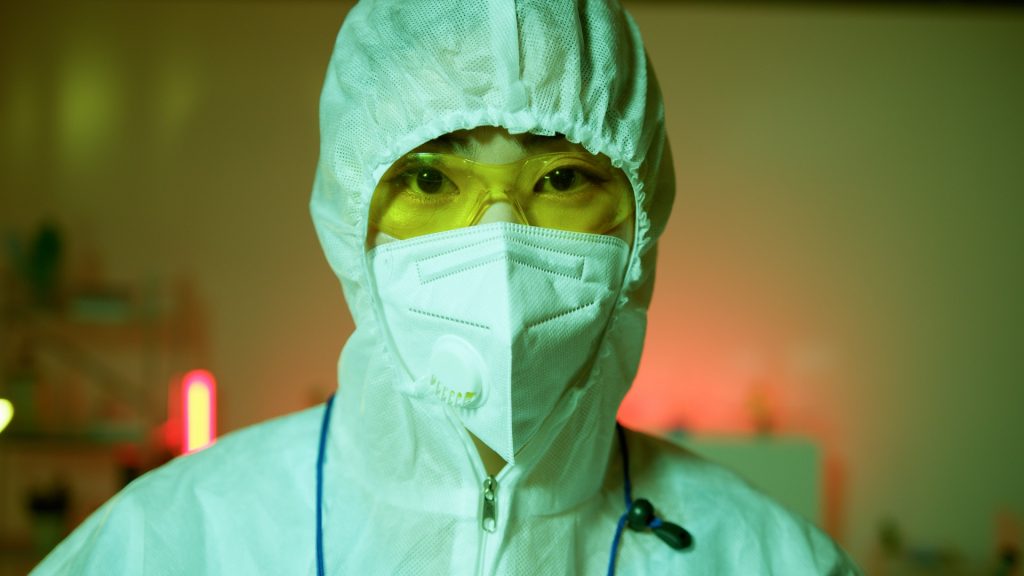The Digital Nurse: Redefining the Future of Healthcare in South Africa

By Sandra Sampson, Director at Allmed
The South African healthcare landscape is undergoing a transformative shift, driven by the rapid advancement of technology. At the forefront of this change is the rise of the “digital nurse,” a testament to the increasing integration of technology into the nursing profession. This transformation is not only streamlining processes; it is addressing critical challenges like the nation’s nurse shortage while ultimately improving patient care.
Embracing convenience and accessibility
Virtual platforms have become commonplace in the nursing world, facilitating efficient and accessible professional development for nurses through online meetings, networking opportunities, and educational resources. This fosters a more connected and knowledgeable nursing community, better equipped to serve patients.
Telehealth consultations, another facet of digital nursing currently revolutionising patient care, provide convenient and accessible medical consultations from the comfort of one’s home, eliminating long wait times and unnecessary travel.
Mitigating nurse shortages and ensuring quality care
South Africa grapples with a significant nurse shortage, placing a strain on the healthcare system to which digital nursing offers a practical potential solution. By leveraging technology, nurses can effectively manage larger patient volumes, reducing the burden on the existing workforce and optimising resource allocation. Remote monitoring systems and AI-powered tools further empower nurses by providing real-time patient data and facilitating early intervention, ultimately improving the quality of care delivered.
Additionally, embracing technology ensures that patients, even in underserved areas, receive quality care. The efficiency gained through virtual platforms allows nurses to allocate their time effectively, addressing minor health concerns remotely and reducing the strain on healthcare facilities for non-emergency cases.
However, it must be pointed out that although leveraging technology allows nurses to effectively manage larger patient volumes, which can alleviate the strain on the current system, this doesn’t necessarily mean fewer nurses are needed, but rather that technology empowers existing numbers to reach a wider patient base to deliver more efficient, personalised care.
Evolving alongside technology: the digital nurse of tomorrow
As the healthcare industry embraces digital technologies, the role of the nurse will continue to expand. While traditional nursing skills will remain essential, the “digital nurse” of the future must possess additional competencies. Acquiring proficiency in digital tools and equipment, along with the capability to interpret and analyse digital data, will be crucial for delivering effective patient care. However, the most critical attribute for the digital nurse will be the willingness to adapt and embrace constant technological advancements. This will require a mindset shift that comes with acknowledging that traditional methods might not be sufficient in the face of evolving patient needs.
The challenges and opportunities in change
While the adoption of digital nursing brings numerous benefits, challenges remain. Resistance from individuals accustomed to traditional healthcare practices is one hurdle. However, with the younger generation being more adaptable, the shift towards digital nursing is expected to gain wider acceptance as technology advances. To ensure the success of this digital-first healthcare, it will be necessary to focus our attention on upskilling, which means recognising that continuous training and development programs are vital for nurses to remain proficient in the face of change.
On the flip side, a change in perspective from nursing professionals themselves will be necessary. This means embracing a growth mindset and being open towards new technologies to adapt and thrive in the digital age. Lastly, healthcare professionals as a whole need to bear in mind that transformation is essential to meet the evolving needs of patients, which includes catering to a growing preference for digital healthcare solutions. Continuing to meet the needs of patients is the only guaranteed way for nursing professionals to ensure their relevance in the future. By embracing technology and fostering a culture of continuous learning, South Africa can empower its nurses to become the digital healthcare leaders of tomorrow.






